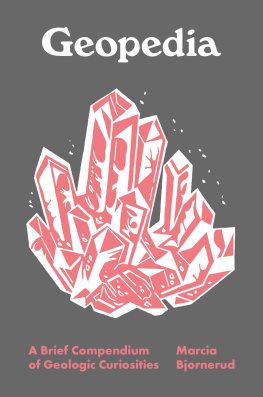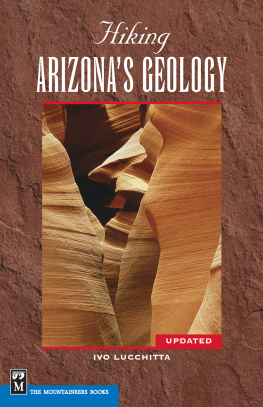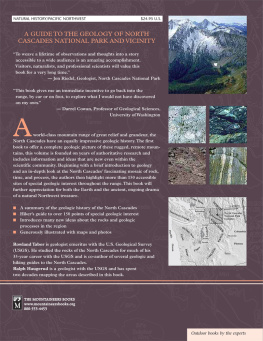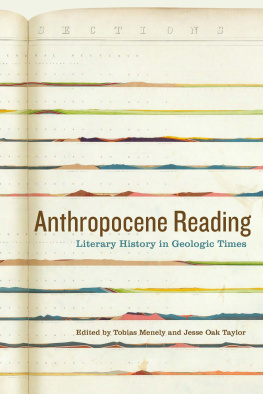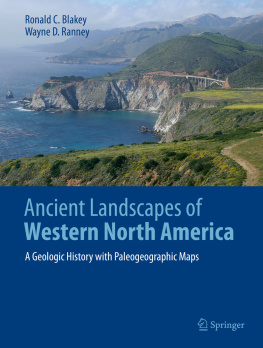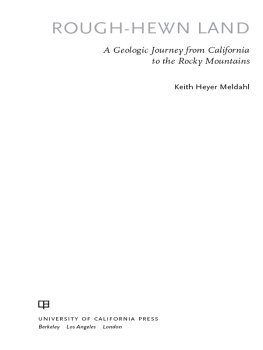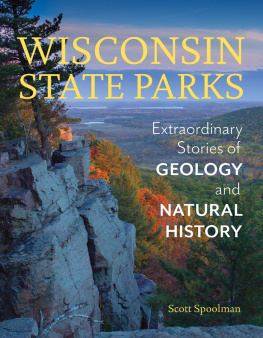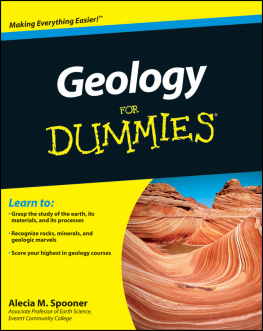
Geopedia
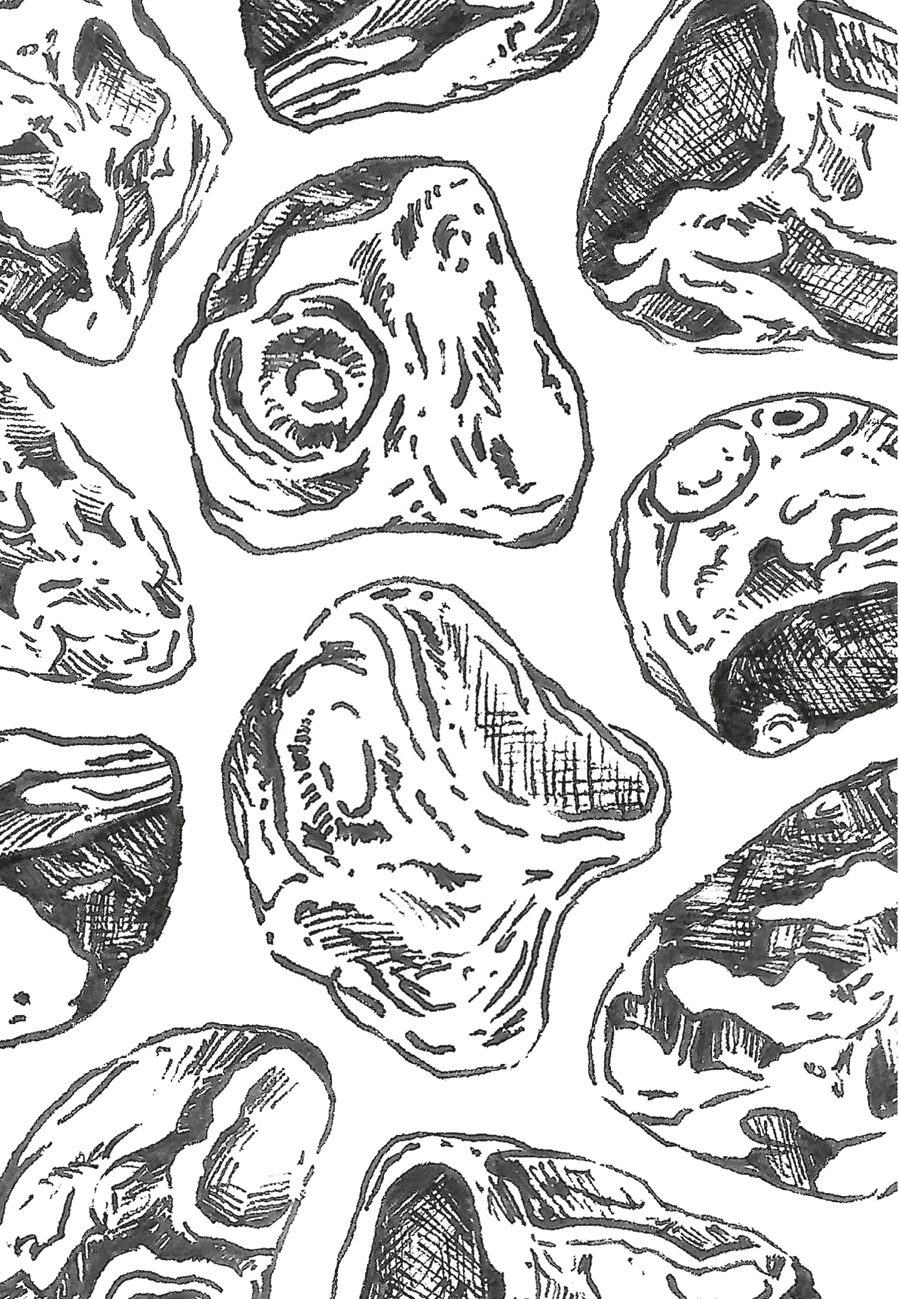

Copyright 2022 by Princeton University Press
Princeton University Press is committed to the protection of copyright and the intellectual property our authors entrust to us. Copyright promotes the progress and integrity of knowledge. Thank you for supporting free speech and the global exchange of ideas by purchasing an authorized edition of this book. If you wish to reproduce or distribute any part of it in any form, please obtain permission.
Requests for permission to reproduce material from this work should be sent to permissions@press.princeton.edu
Published by Princeton University Press
41 William Street, Princeton, New Jersey 08540
6 Oxford Street, Woodstock, Oxfordshire OX20 1TR
press.princeton.edu
All Rights Reserved
ISBN 9780691212579
ISBN (e-book) 9780691232720
British Library Cataloging-in-Publication Data is available
Editorial: Robert Kirk and Abigail Johnson
Production Editorial: Mark Bellis
Text and Cover Design: Chris Ferrante
Production: Steve Sears
Publicity: Sara Henning-Stout and Caitlyn Robson
Copyeditor: Cathryn Slovensky
Cover, endpaper, and text illustrations by Haley Hagerman
This book has been composed in Plantin, Futura, and Windsor
Printed on acid-free paper.
Printed in China
10 9 8 7 6 5 4 3 2 1
For F, G, J, K, O, and P
with love from M

Contents
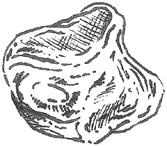
Preface
Hello, Earthling.
You might not be in the habit of thinking of yourself as such, but Earthling is your most fundamental identity. You have deep evolutionary roots in this planet. You are literally made of Earthof water that has cycled for eons through clouds and rivers and oceans, and of minerals in the soil, derived from rock that was itself forged from the planets interior. In modern times, technology and urban infrastructure create the illusion that we have gained autonomy from the natural world, but our ancestors were deeply aware of our underlying earthiness. In Hebrew, Adam means earth or clay, and the word human shares an ancient Indo-European root with humus or soila profound acknowledgment of our essential nature.
If we were formed from the stony ground, stone also made us human. It was the medium of our first and longest technological age. In fact, we are still very much in the stone age, utterly dependent on rocks as a source of groundwater, building materials, fossil fuels, metals, elements for high-tech devicesand every other commodity that cant be cultivated, raised, or hunted.
Yet most of us give little thought to this geologic infrastructure or the workings of the planetmainly because few have had the opportunity to get to know the components of the earth by name. Even at schools with otherwise strong science offerings in physics, chemistry, and biology, rigorous courses in the geosciences are rare, and for schools with fewer resources, geology is seen as nonessential. As a consequence, we are a geologically illiterate society, a condition that has not only led to unwitting environmental degradation but has also cut us off from a sense of our shared heritage as offspring of the earth.
All of this is an unfortunate happenstance of intellectual history; among the sciences, geology is a bit of a late bloomer. In the early 19th century, when physicists were discovering principles that promised new levels of human mastery over matter, geologists were mostly accumulators of odd stones, owners of curiosity cabinets, curators of museum displays. And while Victorian-era geologists did a thorough job of describing the anatomy of the earth (its fossil-bearing strata, rocks and minerals, surface features), the complex physiology of the planetplate tectonics, the climate system, global biogeochemical cyclesremained largely unknown until the mid- to late twentieth century. By that time, the fusty reputation of geology as a science focused on collection and classification of inert artifacts from the murky past was well established in the public mind.
The outdated public perception of the discipline frustrates present-day earth scientists, because the last few decades have, in fact, been a golden time for geologyor geoscience, to use a term that embraces not only the study of rocks but also of the atmosphere, oceans, ice caps, magnetic field, and other moving parts in the earth system, and not just the planets past but also its present and future. Modern geoscience combines field observations, which have been the foundation of the discipline since the 19th century, with high-precision geochemical analyses, satellite observations, geophysical monitoring, numerical modeling, and other techniques that make it possible to understand Earth processes over timescales ranging from the seconds in which an earthquake occurs to the entire 4.5-billion-year history of the planet. To geoscientists, rocks are not nouns but verbsfar more than inert curios, they are evidence of Earths ebullient creativity, its capacity for ceaseless reincarnation of primordial matter into new forms. Rocks are transcripts of eons of conversation between the solid earth and water, air and life. They are both fascinating archives of the past and our best windows into the future. And the geologic lexicon reflects not only the prodigious diversity of rocks and geologic phenomena but also the rich history of human experiences with them over the last 10 millennia.
I understand that for outsiders, geologic terminology can at first be opaque and off-putting. Chemistry, at least, has consistent rules about naming compounds, and biology uses Linnaean taxonomy to impose order on the unruly multitudes of organisms. The technical glossary of geology, in contrast, is a gallimaufry of terms from mythology, neologisms concocted from Greek and Latin roots, embarrassing anachronisms, and utilitarian recent coinages. It also includes words imported from scores of world languages, ranging from Arabic (erg) to Inuktitut (nunatak), Slovenian (karst) to Javanese (lahar), based on the premise that people who have direct experience of a geologic phenomenon are in the best position to describe it. Perhaps geoscientists can be forgiven for being such magpies for words; the sheer profusion of things invented by this creative planet demands an immense vocabulary to match.
This short book is certainly not intended as a systematic introduction to the geosciences, nor a comprehensive glossary of the field. The American Geosciences Institute publishes such a volume, and it runs to more than 39,000 entries, including more than 5,000 mineral names alone. Instead, Geopedia is an admittedly idiosyncratic compendium of words and terms chosen because they are portals into larger geologic storiesof remarkable places, strange incidents, dramatic plot twists in the planets history, misconceptions about geologic phenomena, colorful characters who contributed to the geosciences, and the remarkable biographies of selected rocks, minerals, and landforms that every Earthling should know on a first-name basis. Sadly, too many Earthlings live their lives on this planet like bad touriststaking its many amenities for granted without a thought for how these came to be, and never learning even the rudiments of the history, language, and culture of this wonderfully strange rock we call home.
Next page
